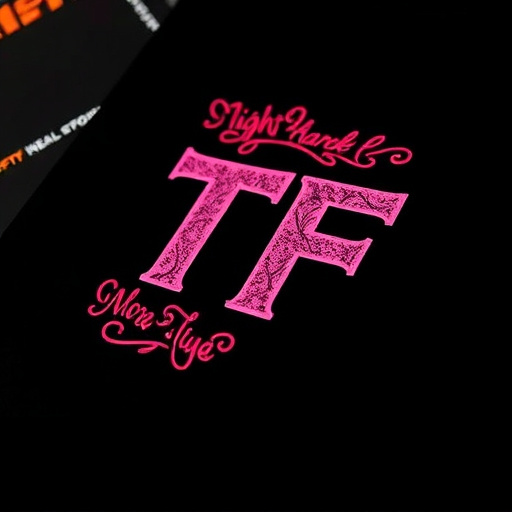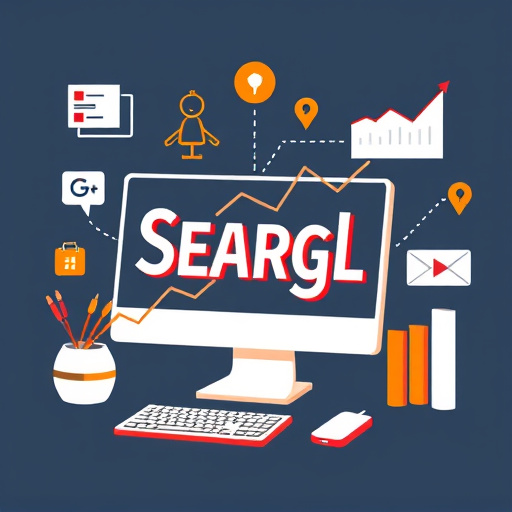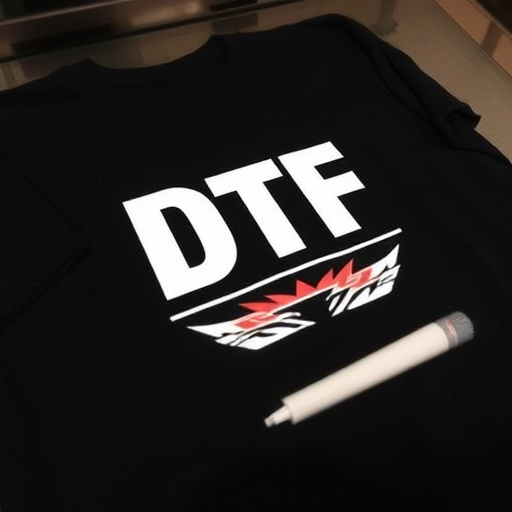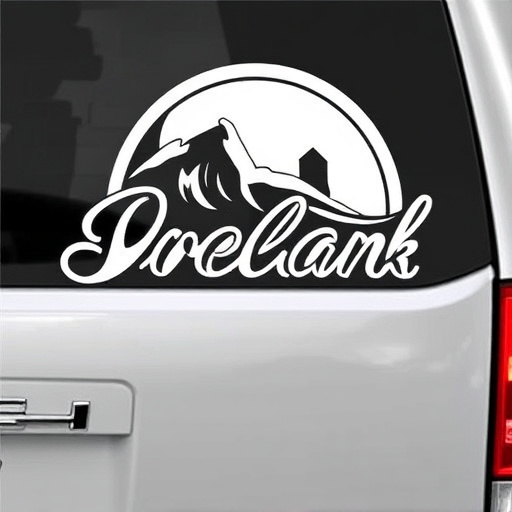An experienced web designer's portfolio is a powerful marketing tool that showcases their skills and unique design style, attracting clients in a competitive market. It acts as a digital resume, highlighting expertise in creating visually appealing and functional websites with responsive design for all devices, aligning with modern SEO standards. A strong portfolio includes diverse projects from startups to established brands, demonstrating adaptability and problem-solving skills, and features case studies with successful outcomes. This approach ensures the designer stands out, especially against top digital marketing talent, by providing prospective clients in Fort Worth or Arlington with confidence in their custom web design solutions.
An experienced web designer’s portfolio is more than just a showcase; it’s a powerful tool for client acquisition and project management. This article delves into the essential components that make up an exceptional portfolio, guiding you through the process of demonstrating expertise and style. We explore why case studies are crucial for storytelling, the technical skills that set apart seasoned professionals, and how to present a structured design process. Discover what it takes to create a compelling portfolio that highlights your mastery in the realm of web design.
- Portfolio Showcase: Demonstrating Expertise and Style
- – The impact of a strong portfolio on client acquisition
- – Types of projects to include: diverse clients and challenges
Portfolio Showcase: Demonstrating Expertise and Style

An experienced web designer’s portfolio is a powerful tool to showcase their skills and unique style, attracting potential clients in the competitive market. It serves as a digital resume, highlighting their expertise in crafting visually appealing and functional websites. The portfolio should be carefully curated to present a diverse range of projects, demonstrating the designer’s adaptability and versatility. By including a variety of website design Hollywood FL cases, from e-commerce stores to corporate sites, the designer can prove their proficiency in different sectors.
Each project within the portfolio must showcase the designer’s ability to create responsive web design, ensuring the websites adapt seamlessly to various devices and screen sizes. This is crucial for providing an optimal user experience and aligning with current SEO audit services standards. The use of modern design aesthetics, clean layouts, and engaging visuals will not only captivate viewers but also emphasize the designer’s staying power in a rapidly evolving industry.
– The impact of a strong portfolio on client acquisition

A strong portfolio is a powerful tool for any experienced web designer looking to attract new clients. It serves as a visual testament to one’s skills, creativity, and expertise in crafting exceptional online experiences. When prospective business owners or local SEO services seekers browse through a well-curated portfolio, they gain insight into the designer’s capability to translate their brand identity into captivating website designs tailored to their specific needs—be it a sleek e-commerce site for a Fort Worth retail store or an informative corporate portal for an Arlington-based enterprise.
The impact of this visual narrative cannot be understated. It forms the initial impression and can significantly influence the likelihood of securing new projects. An impressive portfolio showcases not just technical proficiency but also a designer’s ability to understand client requirements, adapt to diverse industries, and deliver high-quality work that aligns with the latest web design trends. This, in turn, fosters confidence in potential clients, encouraging them to reach out for custom web design solutions tailored to their unique businesses in their respective locales, such as Fort Worth or Arlington.
– Types of projects to include: diverse clients and challenges

An experienced web designer’s portfolio should showcase a diverse range of projects to highlight their adaptability and skill set. Including work with various clients, from startups to established brands, demonstrates versatility and an ability to cater to different needs. Each project should present unique challenges—be it designing for a niche industry, implementing complex functionality, or creating an accessible user experience. This diversity allows potential employers or clients to envision how the designer can contribute to their specific web design agency or website design Fort Worth projects.
By featuring such varied work, designers can showcase their problem-solving skills and innovative thinking. They can demonstrate an understanding of different business goals and how to translate them into effective digital strategies. Moreover, presenting case studies that illustrate successful outcomes, particularly in terms of increased user engagement, improved conversions, or enhanced brand visibility, will further impress clients and reinforce the designer’s expertise in the field. These considerations are crucial when building a compelling portfolio for any experienced web designer, ensuring they stand out in a competitive market, especially when competing with other top talent in digital marketing Broward.
An experienced web designer’s portfolio is more than just a collection of projects; it’s a powerful tool for attracting new clients. By showcasing a diverse range of work, from various clients and complex challenges, designers can highlight their expertise and unique style. A well-crafted portfolio not only demonstrates capabilities but also serves as a testament to the designer’s ability to deliver exceptional digital solutions, making it an indispensable asset in the competitive world of web design.














